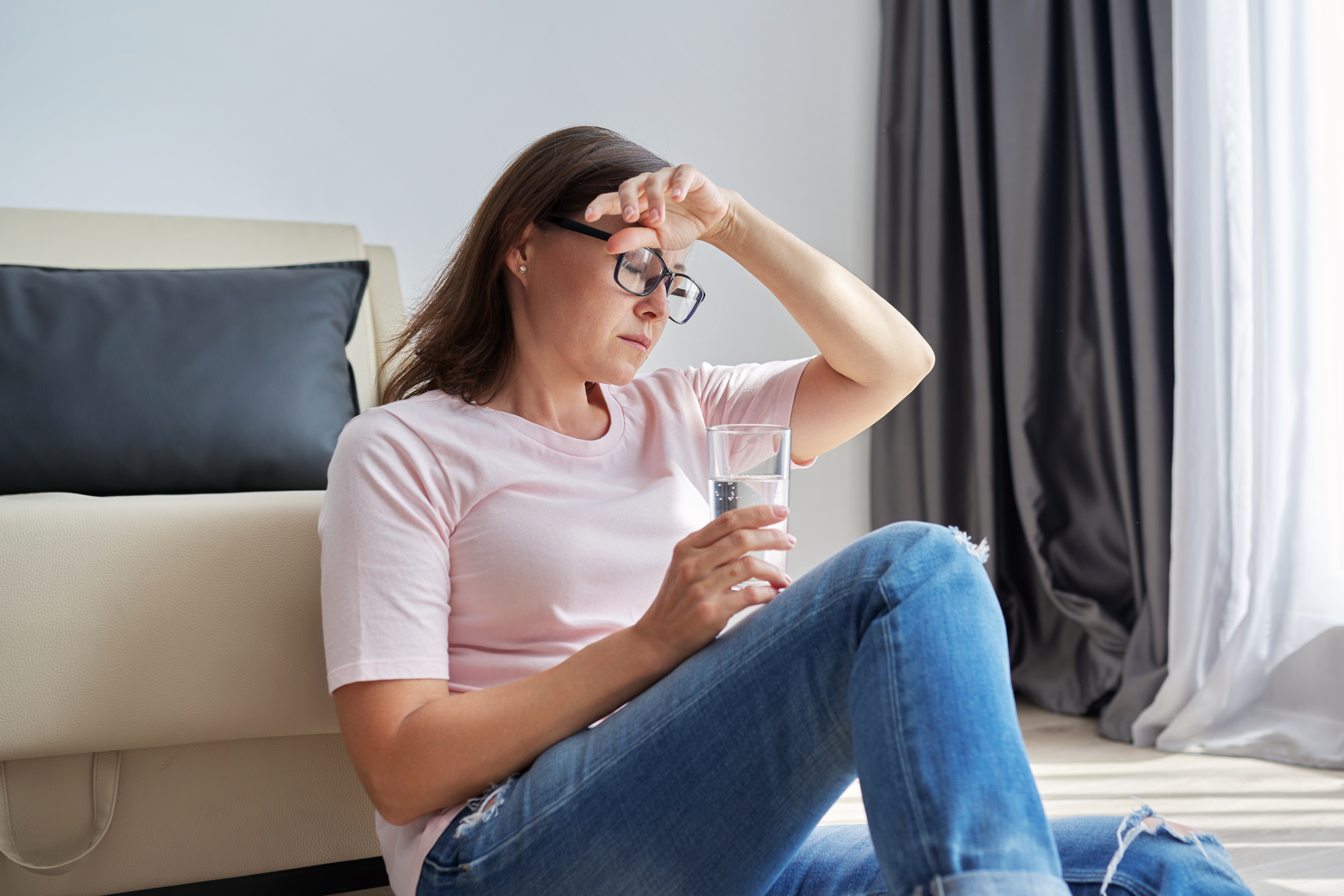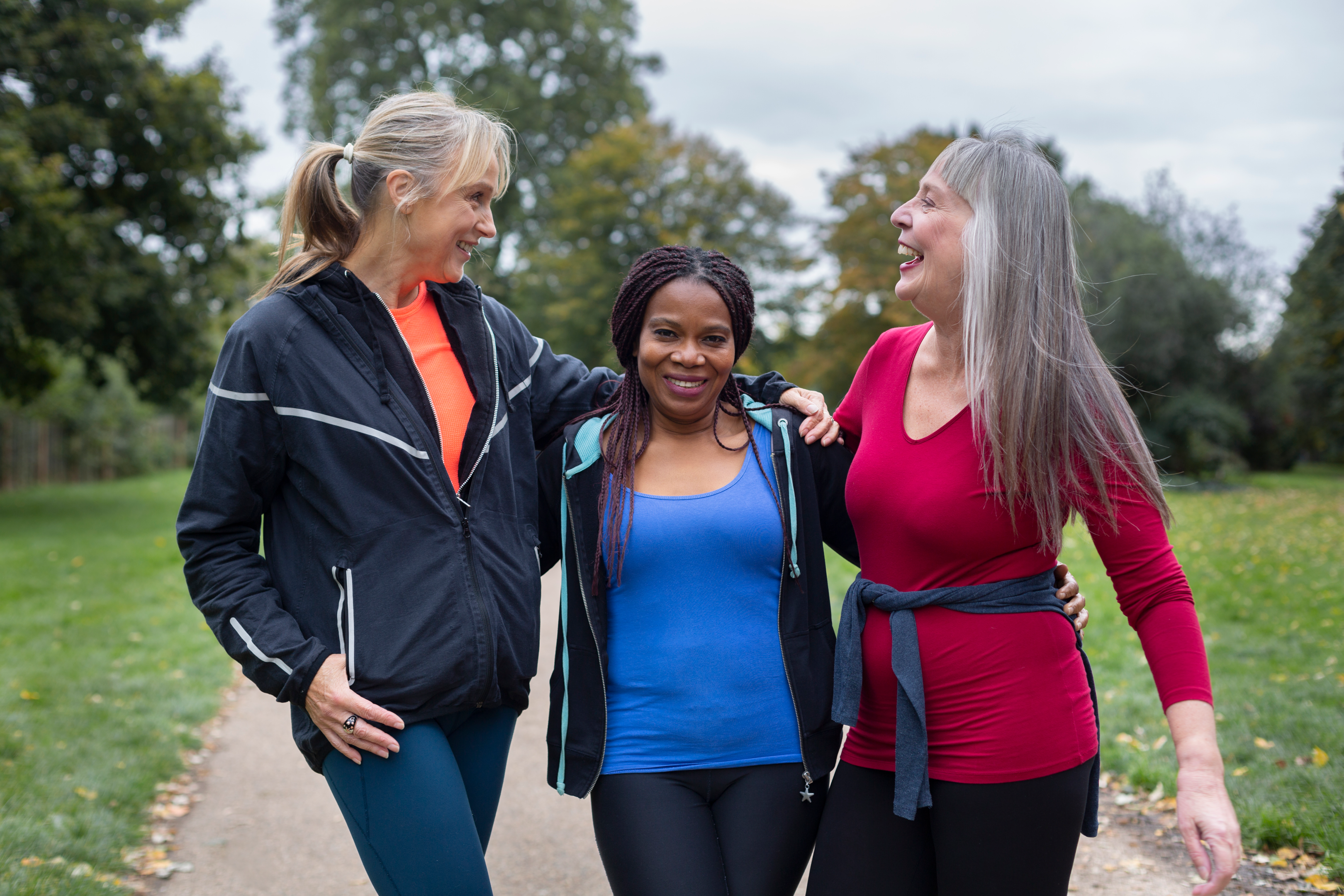How to Treat Menopause Back Pain



Several studies claim that women experience more joint and spine pain during their life's peri-menopause and menopausal stages. Menopause naturally occurs in a woman's life. It refers to the last menstrual period a woman gets, while perimenopause is the time leading up to menopause in which the woman's body undergoes menopause-related symptoms. Perimenopause commonly occurs at the age range of 45-55 among women and can last anywhere from four to eight years prior to the onset of menopause.
In general, women suffer more musculoskeletal pain as they undergo periods of peri-menopause and menopause. Joint pains, like those occurring in the back, neck, knees, hands, and other joints, increase as a woman ages. Other symptoms associated with menopause are cramps and breast tenderness, migraine headaches, bruising, fibromyalgia, and painful sex (leading to vaginal dryness or atrophy) due to the fluctuation of oestrogen and progesterone hormones during this stage.
To test your your menopausal levels, order the Welzo Menopause Blood Test today!
The decline in bone density commonly occurs as a woman is undergoing menopause. The calcium reduction impacts one density, which in turn causes lower back pain. A decreased bone density translates to increased pain in the lumbar spine or the lower back, especially in women.
Women tend to gain weight during menopause. Weight gain, especially when resulting in a BMI of 30 or higher, can significantly impact our back and hips, which can be one of the primary triggers for back pain and ache.
Inflammation can cause spine pain by pressing on sensitive nerves. Peri-menopause is thought to have inflammatory effects on the body, exacerbating back pain for some individuals.
Hormones may also worsen back pain. Oestrogen is needed to keep your discs, ligaments, and tendons nice and flexible. A decrease in oestrogen level can result in a shrinking of the spine, just ever so slightly. The movement and flexibility of your spine are affected as well, eventually causing discomfort and back pain.
The chemicals that are associated with the stress response are very inflammatory. As stress and anxiety persist for some time, these inflammatory chemicals can whiz around the body and affect the joints, most explicitly targeting the spine.
Poor posture, such as slouching due to spending too much time at our desk, for instance, and not getting enough exercise or stretches, can affect the upper back, which can be transferred to the lower back.
Many women tend to get dehydrated during menopause due to the decrease in the level of oestrogen hormones leading to hot flashes and night sweats. It puts a lot of pressure on your kidneys since dehydration can make them struggle. And that can very often give you a constant lower backache. It usually occurs on either side of the spine and, less commonly, on the spine itself. Regularly experiencing this dull ache on both sides of your spine could signify that your kidneys are desperate for a good drink of water.
The main treatment option for peri-menopause and menopause symptoms is hormone replacement therapy (HRT). It replaces the hormones that are at abnormally low levels.
If you choose not to take HRT, you can do several simple things to help ease lower back pain. These include:
keeping hydrated. Drink plenty of water to keep you and your kidneys hydrated and ensure that your joints, ligaments, and tendons are also staying hydrated.
maintaining proper posture. Don't slouch too long! Check your posture when sitting or when at a computer, as well as when standing as well. There are loads of great online videos that can give you ideas on improving your posture.
proper sleeping position and environment. Poor sleep can affect your back, especially with the wrong mattress or pillows. Too flat or too many pillows and too old mattresses will affect your neck, which can cause issues in the lower back.
herbal remedies for back pain. Certain herbs can help you reduce inflammation and pain. An example is the devil's claw, which is proven to be a natural anti-inflammatory. An arnica-based gel can help relieve joint pain.
stretching. Doing a little bit of stretching every morning can get everything nice and supple, improve your flexibility and help your lower back pain.
low-impact exercises such as brisk walking and swimming. You may also want to consider an exercise program.

Menopause-related pain can be reduced with lifestyle changes, medical treatment, or home remedies. Gynaecologists are generally in charge of symptoms and conditions associated with menopause. Although, specific discomfort experienced should be consulted with the respective type of doctor.
Writing down your specific symptoms prior to an appointment is good preparation. Your doctor can more easily analyse and treat your symptoms if you put more effort into giving details about them. Your doctor will carry out a blood test to examine your hormone levels. You may also get tested for hypothyroidism or underactive thyroid, as this condition exhibits many symptoms similar to menopause.
We encourage you to read and learn more about back pains caused by the menopausal period at Welzo. For further reading, you can click here.










Plus get the inside scoop on our latest content and updates in our monthly newsletter.